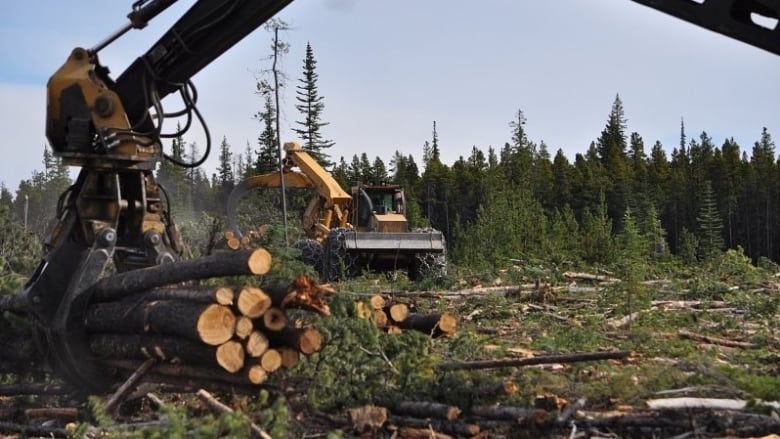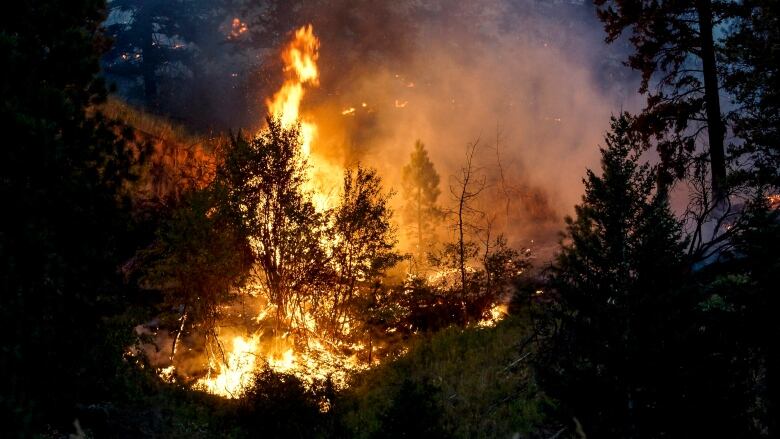Williams Lake city councillor worries time running out to salvage B.C.'s wildfire-damaged timber
'I think that there's a real disconnect between Williams Lake and Victoria'

The province needs to move faster on letting forest companies salvage timber damaged by this summer's unprecedented wildfires, says a Williams Lake city councillor.
"I think that there's a real disconnect between Williams Lake and Victoria with regards to capturing the opportunity of harvesting the burnt wood in the forest from the wildfire," said Coun. Scott Nelson.
"It should be a pretty significant priority for the province."

B.C.'s Ministry of Forests estimates53 million cubic metres of timberburned in the Interior or about a year's worth ofsupply for mills and other forestry companies.
Production had to be halted at a number of mills in the region, and, in Quesnel,Tolkohad to shut down its mill due to a lack of logs.

Tom Hoffman, the manager of external and stakeholder relations for Tolko, said his company wants to start going into the fire-damaged woods as soon as possible in order to increase supply and maximize value before the trees are unusable.
"We would like to very quickly salvage as much timber as we can," he said. "The wood is only viable for a few years."
Hoffman explained that fire-damaged trees only have commercial value for around two years, and the cost of harvesting them is higher because ofsafety challenges.
They also generate fewer profits because of the work it takes to remove contamination caused by wildfires.
"Carbon and charcoal causes havoc on our saws," he said.
Hoffman said his company has submitted two cutting permits that have been approved by local governmentand are now just waiting on the province to decide on how the timber should be priced.
A spokesperson for the B.C.Forests Ministry told CBCthe province is working to salvage fire-impacted timber as quickly as possible, while still managing environmental and conservation needs and that the issuing of licences is being expedited.

The province has also created a cross-ministry unit to coordinate recovery efforts.
Nelson said he wants to see things move faster than they already are, as the local forest industry is facing challenges from all sides.
"Rural British Columbia's got NAFTA coming down on it right now.In Williams Lake, we just had one of our sawmills burn down.We've known since the fires that this is going to be an emerging issue. It should be a top priority," he said.
"Let's get the timber out of thewoods."
With files from George Baker












_(720p).jpg)


 OFFICIAL HD MUSIC VIDEO.jpg)
.jpg)



























































































